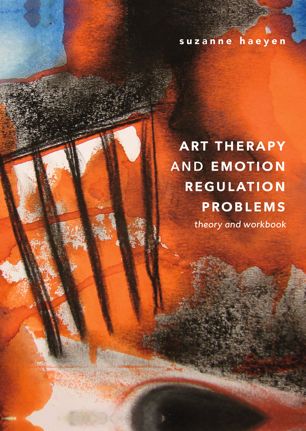

Most ebook files are in PDF format, so you can easily read them using various software such as Foxit Reader or directly on the Google Chrome browser.
Some ebook files are released by publishers in other formats such as .awz, .mobi, .epub, .fb2, etc. You may need to install specific software to read these formats on mobile/PC, such as Calibre.
Please read the tutorial at this link: https://ebookbell.com/faq
We offer FREE conversion to the popular formats you request; however, this may take some time. Therefore, right after payment, please email us, and we will try to provide the service as quickly as possible.
For some exceptional file formats or broken links (if any), please refrain from opening any disputes. Instead, email us first, and we will try to assist within a maximum of 6 hours.
EbookBell Team

4.0
36 reviewsIn this innovative work which combines theory and practice, Suzanne Haeyen explores how art therapy can be useful to people with emotion regulation problems, or ‘personality disorders’, in diagnostic terms. Covering a number of basic themes encountered in clients with personality disorders, it offers insight into the theory behind art therapy techniques and discusses the current state of research in the field.
In its second part the author provides a workbook based on aspects of dialectical behavioural therapy skill training developed by Marsha Linehan, including mindfulness, emotion regulation, interpersonal effectiveness and distress tolerance. This section also discusses the use of schema-focused therapy; a method developed by Jeffrey Young, and offers a number of exercises for use in specific practice situations. Alongside summaries of the theory, the author explores the multidisciplinary nature of these therapeutic methods and provides 106 exercises which have been developed in practice.
This book offers new ideas and practical tools that will be invaluable to all art therapists working with clients who have difficulties expressing, recognising or coping with their feelings, and who find expressing their feelings through creative work easier than with words.